Four days in Venice, discovering highlights and hidden corners, culture and great food. This city breathes a special atmosphere; so brace yourself for a barrage of photos!
I have never been to Venice before. To everybody who always said that it was such a lovely city, I told them I thought it was highly overrated. But I have to admit that I was wrong.
From the moment we got on the vaporetto – the water taxi – that would bring us from the railway station where we arrived to our hotel further down the Grand Canal, I loved it. All of it. From the trip down the canal, with its incredible palaces on both sides – you don’t know where to look! – to the narrow streets and the small bridges crossing smaller canals and to the spectacular palaces and museums with paintings, frescos and ceilings – where you still don’t know where to look! This entire city breathes special atmosphere; some parts are really touristic, of course, but it is easy to get lost in the maze of alleys and canals. Soon you try to find your way through neighbourhoods where normal people live, and shop in small grocery stores, away from the designer outlets and the art boutiques. Only to turn two corners, and be confronted again with an age-old bridge across the Grand Canal, or a 12th Century church full of old masters.
There is no point mentioning each and every monument we have seen is this city, or document it through photos; there are guidebooks and websites much better equipped to do this. I will just post a few of the more unusual pictures. Of an almost empty Piazza San Marco, because the tourists haven’t returned yet in mass to Venice; there are tourists, of course, but we almost never have to make reservations, and if there are any waiting queues, they are for a few minutes, not the hours I read about on other blogs. Of the Campo Giacomo dell’Orio, a lovely square in the late sunlight, and equally lovely on a Sunday morning, when the locals are out in force. Or of drying laundry, on the day after several days of rain, when it looks like entire Venice has been washing the bedsheets. Or in fact, of a lot of other things, Venice is so photogenic!
We had found a nice hotel in a 17th Century building on the Grand Canal, really convenient next to a vaporetto stop and one of the few bridges across the canal, walking distance to the museums on both San Marco and Dorsoduro, and close to a range of great restaurants and bars. Except that on occasion high water, a combination of spring tide and wind directed onshore, puts large parts of Venice under water, and then ‘close to the Grand Canal’ is most vulnerable! Hmmm. No boots in the luggage of course, but Venice wouldn’t be Venice if those would not be instantly available on the streets as soon as the threat occurs. On our first day we had already experienced the high water close to San Marco – indeed the lowest point of the city – and noticed the raised walk ways that were being put down in the most flood-prone areas. Many shop doors were being barricaded against invading water, and lots of Venetians appeared on the streets with boots, well prepared. But this was also going to be the first time that the flood barriers that close of the Venice lagoon were going to be used, the barriers that had been begun 17 years ago, and had been completed only recently – four or five times over budget. Obviously, Venetians had little faith in them, they have lived here too long already, but lo and behold, against expectations the barriers worked! And for the first time Venice didn’t submerge during spring tide! And we didn’t need boots. A historical day! (For Venice, not for us wearing no boots.)

neither for this one (admittedly, at 80 Euros per half hour, not something your average tourist woudl easily do)
In the four days we spend in Venice, we stroll the streets, from the little alleys and the campos – the squares – in front of obscure churches, and over the little bridges across the little canals. We skip the gondola, but we do travel up and down the Grand Canal; we take a boat to the outlier island Murano. We admire the incredible private modern art collection of Peggy Guggenheim, as well as the rich paintings of the Venetian school from 13th to 17th Century, in the Galleria dell’ Academia. And we manage to find some really local restaurants among the thousands of tourist traps. Home-made raviolis with scallops, and another one with truffles. Best pizza of my life in a small place near Sant’ Elena, and best sabayon; best sandwiches in what became our daily breakfast cafe. Coffee – espresso, not even the almost solid ristretto – comes in quantities you could conceivably sniff up like a line of coke.
Great place, Venice. Definitely not over-rated.
Next is Padua.
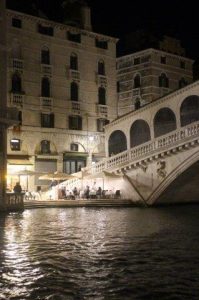
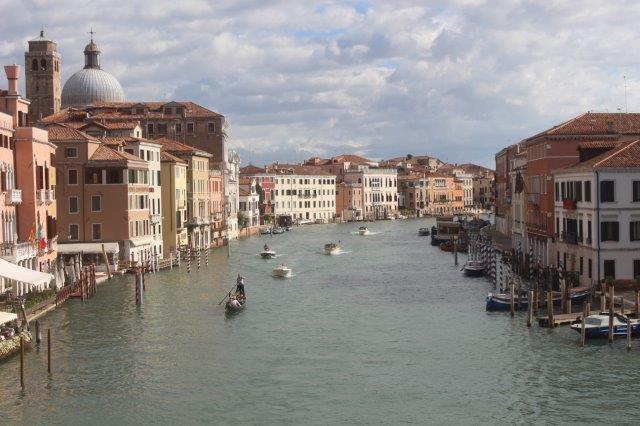
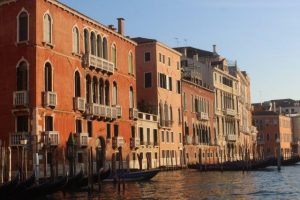
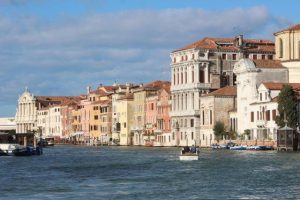

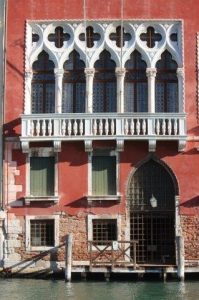
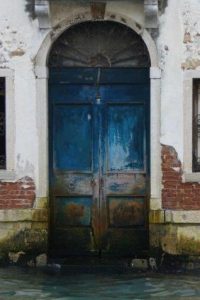
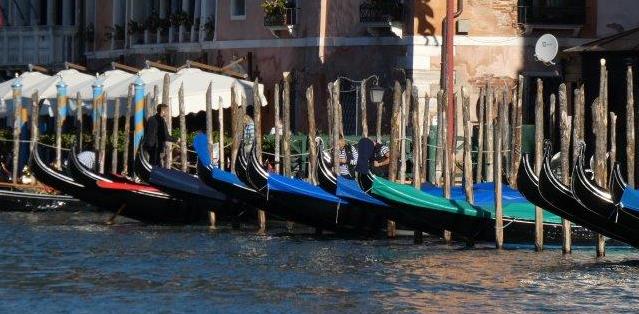
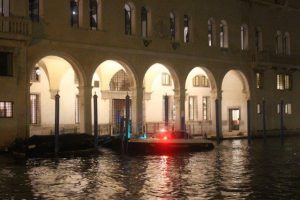




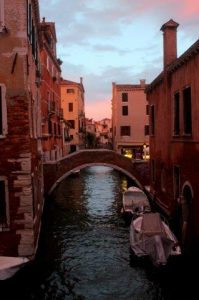
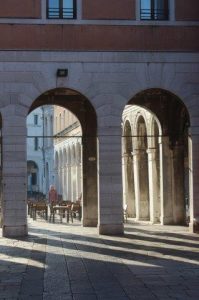
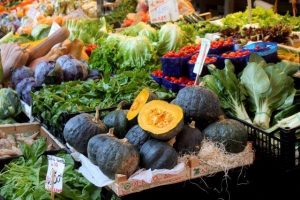
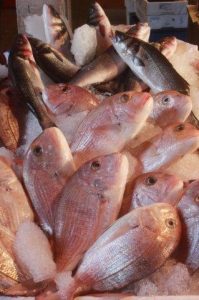
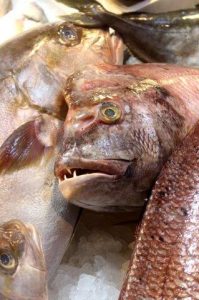
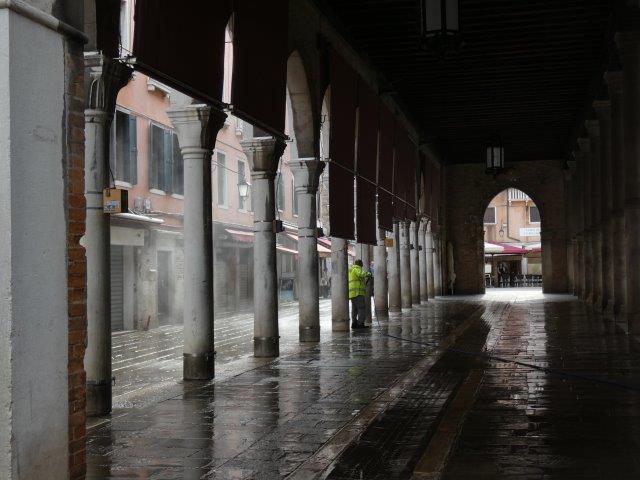



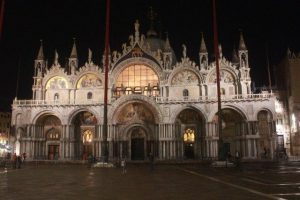

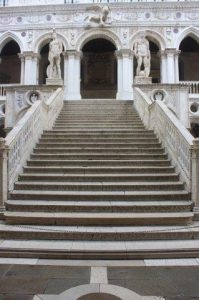
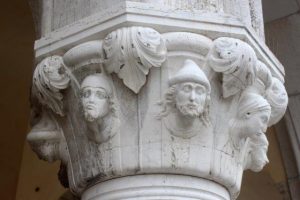


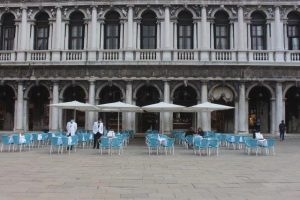
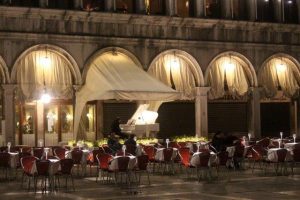
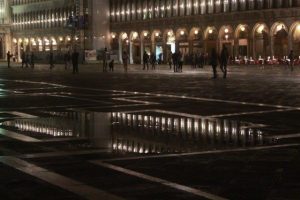

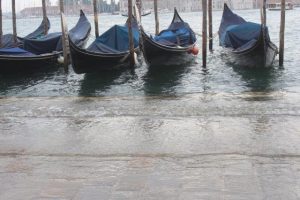
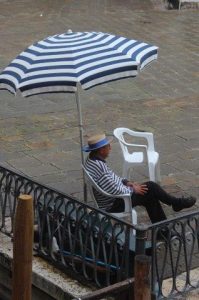
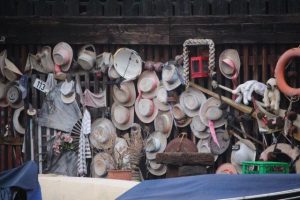
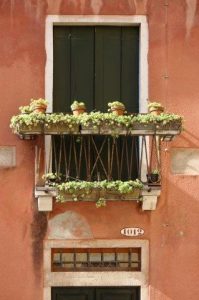
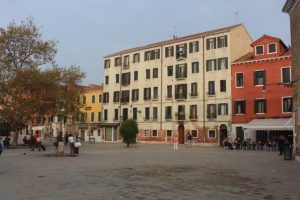

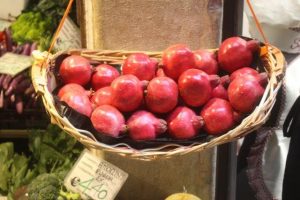
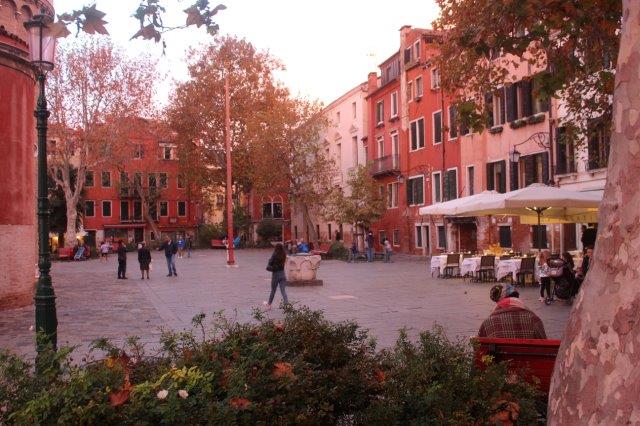
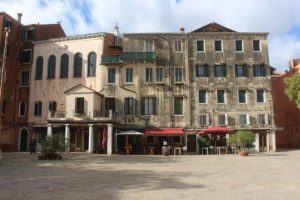
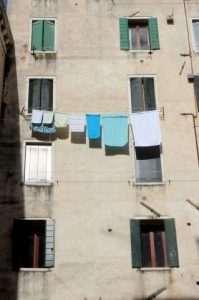

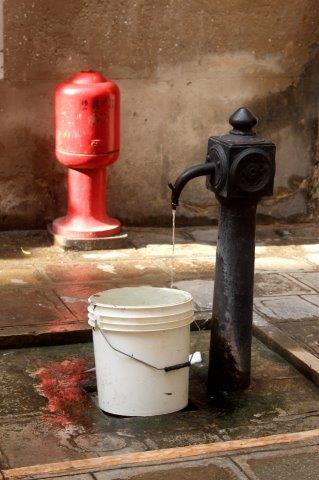
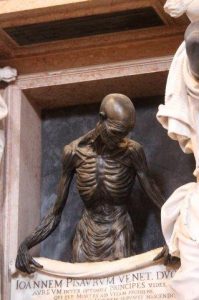
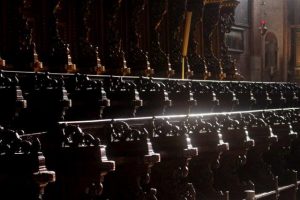
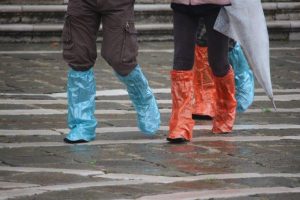
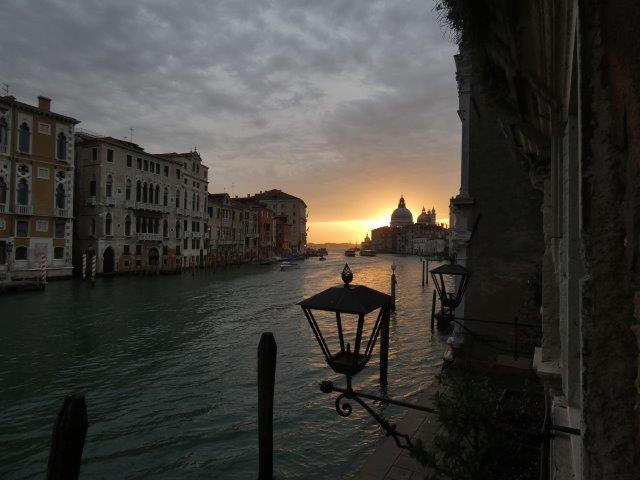










It’s really lovely and thanks for the beautiful foto’s!!